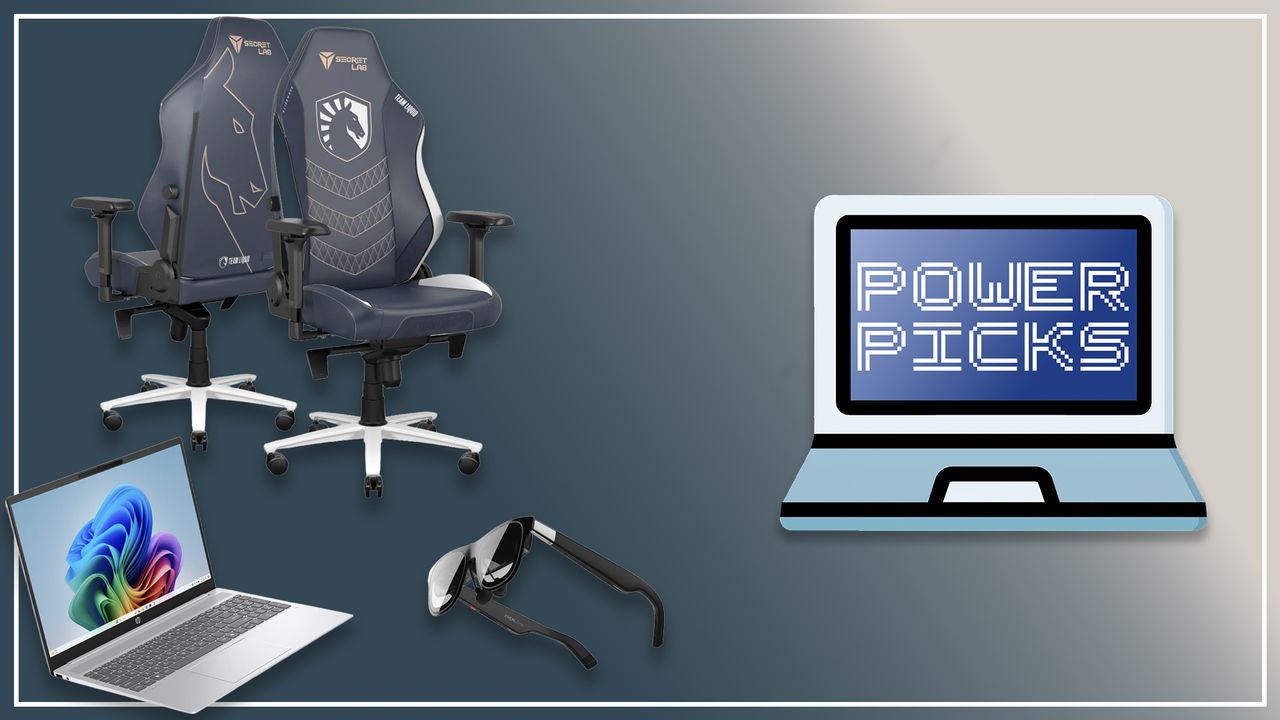Windows Through the Ages: A Closer Look at Its Evolution

The evolution of the Windows operating system has sparked ongoing debates among users, particularly regarding whether earlier versions offered superior experiences compared to the latest iterations. Many users express dissatisfaction with Windows, citing unnecessary features and intrusive advertisements. While these criticisms are valid, a closer examination reveals a more nuanced picture of Windows’ development over the years.
Windows XP: A Fond Yet Flawed Memory
Released in the early 2000s, Windows XP remains a nostalgic favorite for many. Its user-friendly interface marked a significant improvement over its predecessors. However, when revisiting this classic, several limitations become apparent. The operating system lacked modern multitasking features, such as the ability to snap applications to the sides of the screen. Customization options were limited, with only three color themes available without resorting to third-party applications. The Start menu required several clicks for access, making navigation cumbersome.
Another notable deficiency was its handling of USB devices, which often required complex setup procedures. Despite these shortcomings, Windows XP is still remembered for its impressive collection of bundled games, a highlight of the operating system.
Windows Vista: A Polarizing Upgrade
Following XP, Windows Vista received mixed reviews upon its release. While it introduced several improvements, including enhanced customization options, the operating system was plagued by performance issues and high resource consumption. The User Account Control feature was particularly criticized for being overly aggressive, leading to user frustration.
Vista did improve file management through a revamped Windows Explorer and the introduction of a search bar in the Start menu. Yet, it fell short in multitasking capabilities, as it lacked features like snapping applications side-by-side.
Windows 7: A Balanced Improvement
Windows 7 surpassed Vista in user satisfaction by addressing many of its predecessor’s flaws. It offered a more user-friendly interface and improved performance. The ability to snap windows to the sides of the screen enhanced multitasking capabilities significantly.
While the Start menu retained some limitations in customization, Windows 7 introduced a more intuitive file management system. Users could easily drag windows to maximize or split the screen, although it still lacked support for virtual desktops.
Windows 8.1: A Divided Experience
Windows 8.1 aimed to create an interface suitable for both desktop and tablet users. However, this attempt resulted in a disjointed experience. Desktop users were confronted with a full-screen Start menu, which interrupted their workflow, while tablet users faced a stripped-down version of the desktop experience.
Despite these criticisms, Windows 8.1 introduced notable features, such as the ability to snap apps side-by-side. The File Explorer also received a significant upgrade with the Ribbon UI, making it easier to access various functions.
Windows 10: A Step Towards Modernization
Windows 10 marked a turning point in the Windows operating system’s evolution. The final version incorporated many features that later became staples of Windows 11. Enhanced multitasking capabilities allowed users to snap applications with greater ease, while the introduction of virtual desktops improved workflow efficiency.
Despite its strengths, Windows 10 faced criticism for its bland aesthetic, which significantly contrasted with the vibrant design of Windows 8.1. The operating system also included advertisements for built-in applications, a practice that continued with Windows 11.
Windows 11: Progress Amid Controversy
The latest iteration, Windows 11, has drawn mixed reactions. While it introduced enhancements such as improved multitasking features and a more consistent visual style, users have expressed frustration with Microsoft’s monetization strategies and the presence of ads. Multitasking capabilities are now more robust, with features like snap layouts and improved multi-monitor support.
Windows 11 also introduced new security measures, such as Smart App Control and device encryption enabled by default. Built-in applications have seen significant improvements, merging modern design with expanded functionalities.
In conclusion, while it is easy to romanticize earlier versions of Windows, each iteration has brought its own set of advancements and challenges. As users reflect on their experiences, it is essential to recognize the ongoing evolution of Windows and how it strives to balance user needs with technological progress.






